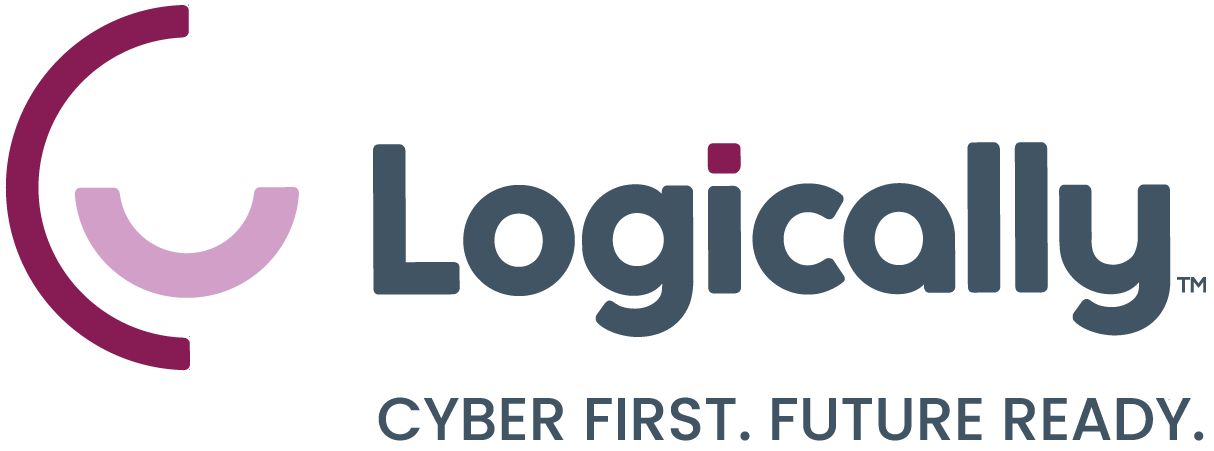Business Email Compromise (BEC) is a growing cyber threat that poses critical risks to healthcare organizations. With attackers exploiting trust, outdated security policies, and decentralized infrastructure, preventing BEC demands a strategic, layered defense. Through robust IT network monitoring, email authentication protocols, and compliance-first security frameworks, healthcare IT leaders can mitigate financial, reputational, and regulatory damage.
How Does Business Email Compromise Work in Healthcare Settings?
BEC is a targeted form of cybercrime that uses email impersonation to mislead users into wiring funds, revealing sensitive data, or enabling system access. Cybercriminals often impersonate vendors, C-suite executives, or internal finance teams. These scams are crafted to appear legitimate, leveraging invoice templates, ongoing threads, and familiar domain names.
Unlike phishing campaigns designed to reach broad audiences, BEC attacks are hyper-specific. A recent Abnormal Security report (2024) shows a 48% increase in BEC attempts across healthcare systems in the past 12 months, with business operations and billing staff identified as the most frequent targets.
BEC is more dangerous than most phishing because it circumvents perimeter defenses, exploiting human error and poor security hygiene. Once inside the network, a compromised account can become a launchpad for lateral movement, spreading malware or accessing patient records.
What Tactics Are Cybercriminals Using to Breach Healthcare Systems?
BEC actors rely on reconnaissance to identify key personnel and payment cycles. They often gather data from public directories, social engineering, or credential dumps on the dark web. Once they infiltrate email systems, they monitor legitimate conversations before introducing fraudulent requests.
Common BEC techniques include:
- Domain spoofing – Faking sender domains to resemble internal addresses.
- Email thread hijacking – Injecting malicious content into ongoing conversations.
- Lookalike domains – Substituting one character in a trusted domain name.
- Invoice fraud – Redirecting payments to attacker-controlled accounts.
- Credential harvesting – Using fake portals to steal logins.
A 2023 joint advisory from CISA, FBI, and HHS identified BEC as the primary vector in recent breaches of U.S. healthcare organizations, reinforcing the need for more than endpoint-level defenses.
What Makes Healthcare Organizations Especially Vulnerable?
Healthcare systems operate across complex networks of facilities, third-party providers, and cloud services. Hybrid work, telehealth expansion, and rising digital record volumes have widened the attack surface.
The following factors elevate risk:
- Dispersed IT environments make it difficult to maintain consistent security configurations.
- Limited cybersecurity staff forces reactive rather than proactive defense.
- Budget constraints delay necessary upgrades or licensing.
- Regulatory pressures (e.g., HIPAA, HITECH) increase the stakes of breaches.
- High-value targets – Patient records and financial transactions make healthcare attractive to attackers.
In this environment, the lack of integrated IT network monitoring and real-time visibility into anomalous behavior severely impairs response efforts.
How Can Healthcare IT Leaders Reduce the Risk of BEC?
BEC prevention requires a multi-pronged strategy that blends technology, education, and governance. Here are the most effective safeguards:
- Continuous IT Network Monitoring – Detects anomalies in real time, such as unexpected access attempts or unauthorized email forwarding.
- Multi-Factor Authentication (MFA) – Prevents account takeovers by requiring verification beyond passwords.
- DMARC, SPF, DKIM Protocols – Validates email origin to stop spoofing before it hits the inbox.
- Role-Based Security Awareness Training – Equips employees with the skills to recognize suspicious requests.
- Email Encryption – Protects sensitive content in transit, shielding patient data and financial information.
- Financial Verification Controls – Requires multi-step authorization for high-risk transactions.
- Forwarding Rule Audits – Detects malicious re-routing of internal emails to external actors.
These tactics, when centrally managed by an MSSP or a healthcare IT provider like Logically, close the most common BEC entry points while preserving compliance and operational agility.
Why Is Real-Time Monitoring Essential to Prevent Business Email Compromise?
Real-time monitoring connects the dots faster than attackers can exploit them. For example, when an attacker compromises an account and changes auto-forwarding rules, a well-instrumented network will alert administrators before damage occurs. Similarly, unusual login patterns from foreign IPs or odd times can trigger automatic account lockdowns.
Logically's managed detection and response (MDR) services integrate performance monitoring, security monitoring, and IT network monitoring to provide healthcare IT leaders with complete visibility across hybrid environments. This enables early identification of potential breaches, accelerates remediation, and protects continuity of care.
What Should an Incident Response Plan Include?
A documented and regularly tested BEC response plan ensures swift, coordinated action. Essential elements include:
- Defined escalation paths for email-based fraud events.
- Communication protocols for notifying leadership and impacted stakeholders.
- System isolation steps to prevent lateral movement.
- Audit trail collection for compliance reporting.
- Law enforcement coordination to assist in asset recovery.
The Office for Civil Rights (OCR) recommends proactive IR planning as a key component of HIPAA compliance. Teams should regularly simulate BEC events to identify gaps and refine workflows.
Final Thoughts: Strengthen Compliance and Resilience with a Layered Approach
With Business Email Compromise attacks accelerating in both volume and sophistication, healthcare leaders cannot rely on legacy tools or end-user discretion alone. A combination of IT network monitoring, performance monitoring, and security monitoring, underpinned by strong compliance practices, offers the best chance of avoiding serious disruption.
By staying vigilant, educating teams, and investing in modern monitoring capabilities, healthcare systems can protect patient data, maintain trust, and meet today’s evolving cyber risk landscape head-on.




